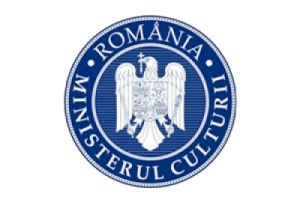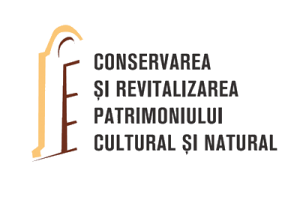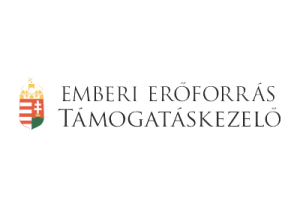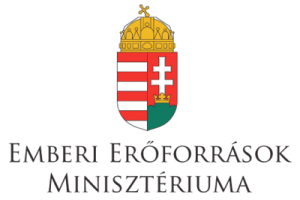- National Monument Number:
- HD-II-m-A-03353
- Address:
- Ilia commune, village of Ilia, str. Libertății, nr. 69
- Dated to:
- 16th century
- Ownership:
- private property
The village was bestowed upon the baronial Bethlen family in 1577. That is how Bethlen Gábor, who later ruled a flourishing Transylvania, came to be born in this castle. For a short period of time in 1603, the village was under the control of general Basta’s military, an ally of the Habsburgs, before it became Suzerain Bethlen’s once more. In 1613 he commissioned the construction of strong stone walls and towers around the main building, as a defense against the frequent raids of the otherwise allied Turkish forces. The Transylvanian soldiers stationed here had to defend against incoming attacks, as well as defend the serfdom of the surrounding territory. As the male line of the Bethlen family died out, lordship was passed onto the Thököly family, who had owned land in Felvidék (Highlands in English, today’s Slovakia). The castle, however, continued to be stationed by the principality’s soldiers. In 1670, upon hearing news of an approaching Turkish army, Apafy Mihály, the Suzerain of Transylvania ordered for the defensive fortifications, as well as a significant part of the buildings to be demolished. Marosillye thus seized to be a border fort, as the reconstructed building became a baroque castle with no fortifications.
Only a 15 metre by 15 metre wing has remained from the original building. The two-storey building has embrasures on the ground floor and renaissance windows on the first floor. It is thus very representative of 16th century aristocratic residencies, as it has essential defensive installations as well as selective and comfortable living conditions. The wide windows, the well-heated rooms with tile stoves, and the renaissance paintings on the walls were all signs of the aristocratic family’s wealth. The building had probably been fitted with ornate melons as part of its battlement. These have since disappeared after several modifications along the centuries and have been replaced by a simple roof made from tin. Other parts of the wing, which could complete remaining building with a square layout, have also been destroyed. According to local legend, Bethlen Gábor, Transylvania’s most famous ruler, was born in one of the rooms on the ground floor of this building in 1580. It is only from sources and documents of the period that we know of the thick stone walls and towers that surrounded the building. These were constructed under the orders of the suzerain in 1613, most likely replacing a wooden barricade. The defenses were square shaped, and there were cornet towers resembling star-forts, all of which was surrounded by a wide moat. According to the inventory from that time, there was also a pilot-boat in the water, so it is possible that the water from the moat was supplied by the Maros river. Because these military constructions were demolished during the 17th century, and the material obtained was used to build the baroque castle, an archeological excavation would be the only way to find remaining parts of the walls and gain better insight into how the defenses of the castle might have looked during its golden age.
Property status: The renaissance building was purchased by the Franciscan Order. They have renovated it, and established a museum for Bethlen Gábor, as well as a lodging house.










